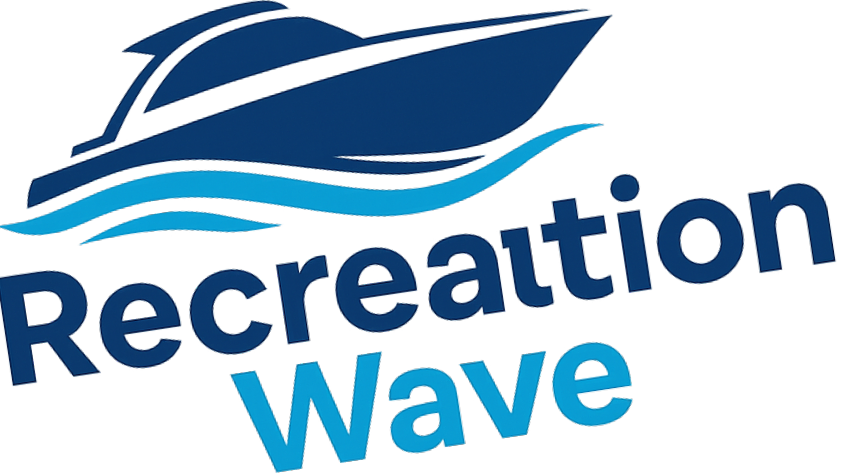
Weird Balls of Hope: Nature's Defense Against Plastic Pollution
The ocean is facing a significant crisis, with an estimated 12 million metric tons of plastic entering it annually. However, amidst this bleak reality, the Mediterranean's Neptune's Balls, known scientifically as Posidonia oceanica, are emerging as unlikely heroes. These seagrass balls, laden with microplastics, symbolize both the problem and the potential for solutions.
The Ugly Truth Behind Neptune’s Balls
Neptune's Balls accumulate microplastics during their growth cycle, gathering up to 1,470 plastic items per kilogram of plant material. While it's ironic that nature carries the same burdens as humanity, these gunky balls offer an avenue for conversation about marine pollution. They showcase the desperate need for innovative solutions to reduce plastic waste—starting with awareness and leading to action.
Sargassum: A Seaweed with a Silver Lining
Alongside Neptune's Balls, scientists are exploring new prospects with another oceanic nuisance: sargassum. This pesky seaweed has become notorious for it wreaking havoc along the Southern US and Caribbean coastlines, severely impacting tourism. However, researchers are turning this challenge into an opportunity by developing techniques to process sargassum into renewable energy sources.
By converting sargassum into biofuel, innovators are incentivizing its collection and redefining its value. Despite the issues it creates, sargassum can be transformed into products like Sargapanel and Sargabox, which not only serve ecological functions as fire-retardants but also promote sustainability through recycling.
Local Innovations Making Waves
In places like Barbados and Puerto Rico, local entrepreneurs are taking their communities into their own hands. In Barbados, Britney McKenzie created a method to process sargassum with local waste, creating a unique biogas solution. This innovative approach not only addresses local environmental issues but represents an eco-friendly, cost-effective energy solution in a region where fuel prices can be prohibitively high.
Meanwhile, in Puerto Rico, the biomaterials company Sway collaborates with local agencies to refine supply chains from sea to shore. They focus on extracting valuable polymers that can mitigate the environmental impact of plastic, further showcasing how innovation can fuel community-driven change.
The Bigger Picture: Why It Matters
As we navigate the challenges of marine pollution, these stories remind us that solutions often come from unexpected places. The innovations surrounding Neptune's Balls and sargassum highlight an incredible opportunity for individuals and communities. They urge us to reconsider waste materials as resources, transforming our relationship with the ocean and our environment.
Adopting these innovations not only helps in cleaning our oceans but could inspire a new movement toward sustainability. As adventurers and water sports enthusiasts, it is vital to be proactive stewards of the ocean, advocating for change and recognizing the interconnectedness of our actions.
What You Can Do
Everyone can contribute to solutions for ocean health in meaningful ways. From participating in local cleanups to supporting products that utilize recycled materials, your contribution counts. Stay informed about local organizations focusing on ocean health and consider getting involved by volunteering your time or resources.
Keep exploring, and let these remarkable innovations inspire your next adventure. The future of our oceans relies not only on groundbreaking research, but on each of us actively participating in the conversation and action.
 Add Row
Add Row  Add
Add 




Write A Comment